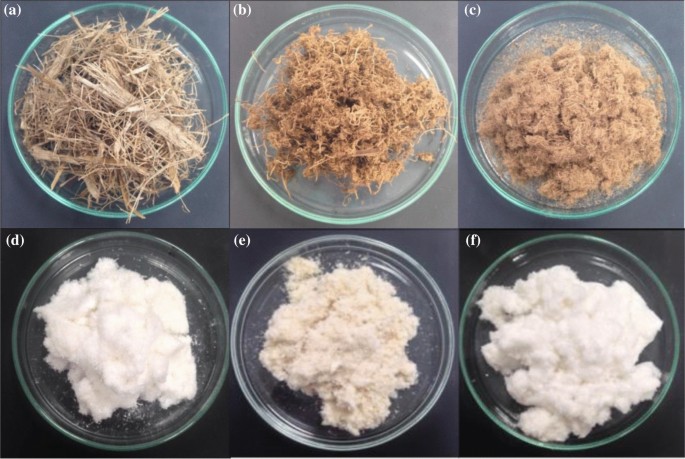Understanding the Creation of Sugarcane Product for Consumers
Understanding the Creation of Sugarcane Product for Consumers
Blog Article
The Trip of Sugarcane: From Harvest to Everyday Products
The trip of sugarcane is a diverse process that begins with thorough growing and culminates in a range of items that penetrate our everyday lives. As we discover the numerous elements of sugarcane's journey, its function in sustainability and the broader ramifications for our atmosphere come into sharper focus.
Cultivation of Sugarcane
The farming of sugarcane is an essential farming process that calls for specific ecological problems and monitoring techniques. Optimum growth occurs in tropical and subtropical areas where temperatures vary between 20 ° C and 32 ° C. Adequate rainfall or irrigation is essential, as sugarcane grows in moist soil with well-drained problems (sugarcane product). Soil quality dramatically influences yield; thus, farmers commonly perform dirt examinations to identify nutrient needs
This method helps with effective harvesting and makes best use of sunlight exposure. Plant rotation and intercropping are suggested practices to boost dirt fertility and lower insect problems.
Timely application of these fertilizers can substantially enhance sugar yields. Overall, successful sugarcane growing hinges on a mix of environmental stewardship, calculated preparation, and ongoing management techniques.
Collecting Methods
Successful sugarcane growing culminates in the gathering stage, which is pivotal for maximizing return and ensuring top quality. The timing of the harvest is crucial; sugarcane is commonly collected when sucrose degrees peak, normally between 10 to 18 months after growing. This duration differs based on climate, soil type, and sugarcane range.
Collecting techniques can be generally classified right into guidebook and mechanical techniques. Manual harvesting is labor-intensive, counting on knowledgeable employees that use machetes to cut the stalks short. This method enables careful harvesting, where just the ripest walking sticks are picked, thereby boosting general sugar material.
On the other hand, mechanical harvesting has obtained appeal because of its effectiveness and cost-effectiveness. Specialized farmers equipped with cutting knives and conveyor systems can process huge locations swiftly, dramatically lowering labor expenses. This approach might lead to the addition of immature canes and a potential reduction in sugar high quality.

No matter the approach used, making sure that gathered canes are moved quickly to refining facilities is important. Motivate dealing with reduces wasting and maintains the integrity of the sugarcane, setting the phase for ideal handling.
Handling Methods
Handling sugarcane involves numerous crucial steps that change the harvested stalks into functional items, mostly sugar and molasses. The initial stage is washing the walking cane to eliminate dirt and debris, complied with by the extraction of juice via crushing or milling. This procedure normally employs heavy rollers that break the walking stick fibers to release the pleasant liquid contained within.
As soon as the juice is removed, it undergoes explanation, where contaminations such as dirt bits and bagasse are eliminated. This is commonly attained by adding lime and heating up the juice, allowing sedimentation. The clarified juice is then concentrated with dissipation, where water web content is decreased, leading to a thick syrup.

Inevitably, the processing of sugarcane not just creates sugar and molasses yet likewise lays the foundation for numerous by-products, which will be explored in succeeding conversations.
Products Derived From Sugarcane
Sugarcane is a versatile plant that produces a vast selection of items beyond simply sugar and molasses. Among the primary byproducts are ethanol and biofuels, which have actually acquired prestige as renewable resource sources. Ethanol, created via the fermentation of sugarcane juice, serves as a different to nonrenewable fuel sources and is typically combined with gas to develop cleaner-burning gas, lowering greenhouse gas exhausts.
Additionally, sugarcane is a substantial resource of bagasse, the coarse residue remaining after juice extraction. Bagasse is utilized in various applications, consisting of the manufacturing of paper, biodegradable packaging, and as a biomass gas for power generation. Its use not just minimizes waste yet also boosts the sustainability of sugarcane processing.
In addition, sugarcane-derived products reach the food industry, where it offers as an all-natural flavor representative and sweetener in various culinary applications. In the realm of cosmetics, sugarcane removes are integrated into skin care items as a result of read the full info here their natural exfoliating buildings.
Ecological Impact and Sustainability
The cultivation and handling of sugarcane have substantial ramifications for environmental sustainability. This plant requires considerable water sources, commonly leading to depletion of local water supplies and impacting surrounding ecosystems. Additionally, using plant foods and pesticides in sugarcane farming can result in soil degradation and waterway pollution, presenting threats i was reading this to biodiversity.

Sustainable sugarcane farming likewise advertises dirt wellness through crop turning and reduced tillage, enhancing carbon sequestration. The adoption of these methods not just sustains environmental integrity yet also improves the resilience of farming communities against climate modification.
Final Thought
In summary, the trip of sugarcane encompasses various phases from growing to handling, ultimately leading to a wide range sites of items. The value of sugarcane extends beyond simple sweeteners, adding to renewable resource through ethanol production, sustainable product packaging by means of bagasse, and all-natural essences for cosmetics. This diverse plant plays a crucial duty in both dietary enrichment and environmental sustainability, highlighting its value in contemporary agricultural and industrial methods.
Effective sugarcane growing finishes in the collecting phase, which is critical for making the most of return and making sure top quality. The timing of the harvest is important; sugarcane is generally collected when sucrose levels top, usually between 10 to 18 months after planting.Handling sugarcane involves several vital steps that transform the harvested stalks right into usable items, primarily sugar and molasses.Sugarcane is a versatile plant that generates a wide variety of items beyond simply sugar and molasses. Additionally, the usage of fertilizers and pesticides in sugarcane farming can result in soil destruction and river contamination, presenting dangers to biodiversity.
Report this page